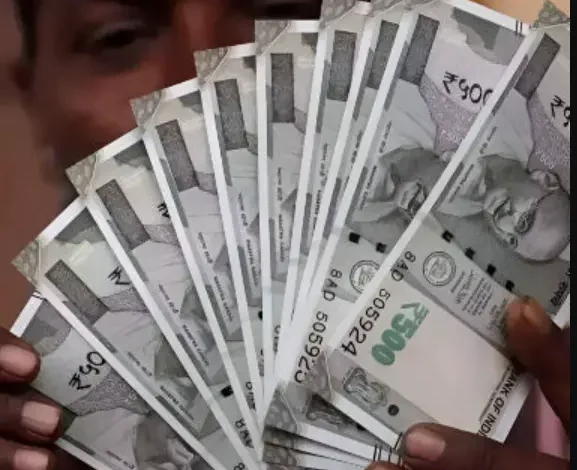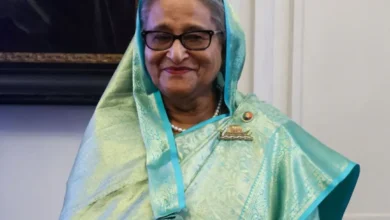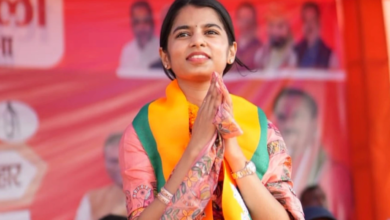Central Govt DA Increase of 3% Announced Before the Festive Season

Central Govt DA Increase – The Central Government announced today a 3% increase in Dearness Allowance for employees, and Dearness Relief for pensioners. The Union Cabinet approved this central government DA increase and will take effect retroactively from July 1. The decision is a welcome one for the millions of employees of the central government and their pensioners, ahead of Dussehra & Diwali.
It is the second increase to central government DA this year after a prior one in March. This new 3% rate is a continuation of the current 2% increase to assist government workers and pensioners in managing the rising cost. The total Dearness allowance will be 58% of the basic salary or pension with this new central government DA increase. This move aims to provide financial relief for employees and boost their spending power during the holiday season.
The central government DA increase will result in a substantial rise in take-home pay for central employees with a monthly basic salary below Rs60,000. According to estimates, the combined impact of Dearness Allowances and Dearness Relief on the government exchequer is Rs 10,084 crore every year. These adjustments are a reflection of the commitment by the government to support its workers against inflation.
The Dearness Allowance (also known as the Cost of Living Adjustment) is an adjustment to the cost of living that government employees and pensioners receive. The Dearness Allowance is calculated as a percentage of basic salaries and revised every two years to reduce the impact of inflation. Central government DA increases are a vital measure to ensure that the purchasing power for employees of the federal government remains stable.
The government is continuing to work to provide financial security for its workers and their families.
The Government of India
The Government of India (GoI) is the highest governing authority of India’s federal democratic republic. The Government of India is dedicated to the welfare and security of both its employees and citizens. It regularly reviews and adjusts allowances such as the DA in order to keep up with economic changes and to ensure the financial stability of its workforce.





